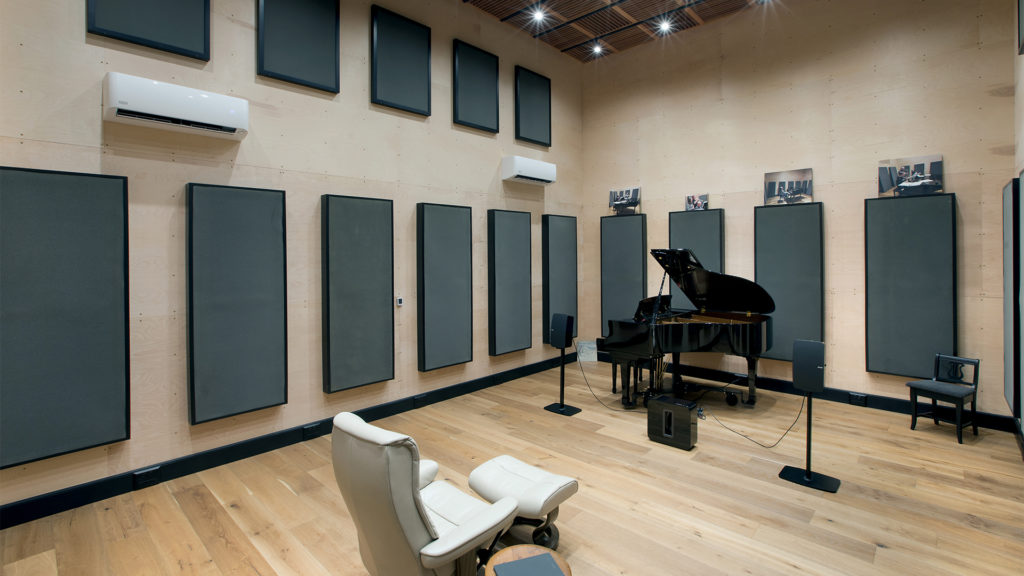
Acoustic consulting can be broken down into two categories. We have noise transmission which is noise energy leaving and entering the room and we have the energy that stays within the room which we manage with sound absorption or diffusion technology. All noise transmission issues must be measured. We must qualify and quantify all noise issues in any acoustic consulting scenario. With the frequency and amplitude of the noise that is entering or leaving the room we will be able to design the proper barrier technology to attenuate the noise transmission. Every material type we use along with its associated construction methodology is dependent on the frequency and amplitude of the noise. You can not guess with noise. You will guess wrong and then have to tear everything you did out and start over the correct way. Along with noise transmission we have the energy within the room that must be managed with either absorption or diffusion technologies.
https://www.acousticfields.com/sound-barrier-technology/
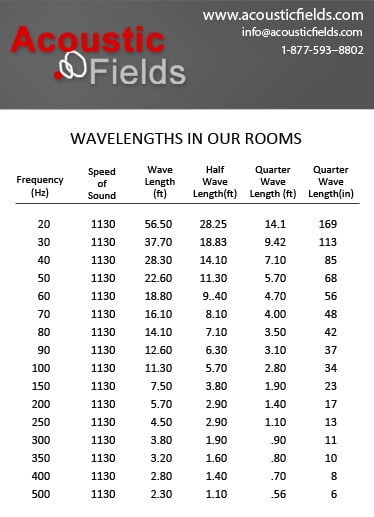
Most low frequency energy below 100 hz. will not fit within a smaller room. When the dimensions of the room do not match the length of the low frequency wave distortion is produced. Room modes exaggerate certain frequencies and can eliminate others completely from audiobility. Reverberation times which are defined as how long a sound stays around within the room after it has been sung,spoken, or played confuses speech intelligibility indexes with distortion Speech intelligibility is defined as how many words in a 10 word sentence you can understand clearly within the room. Any acoustic consulting process must include both noise and treatment. You treat the energy that stays within the room and you keep unwanted energy from entering and leaving the room. Any acoustic consulting design process must include both noise and treatment issues.
https://en.wikipedia.org/wiki/Room_modes
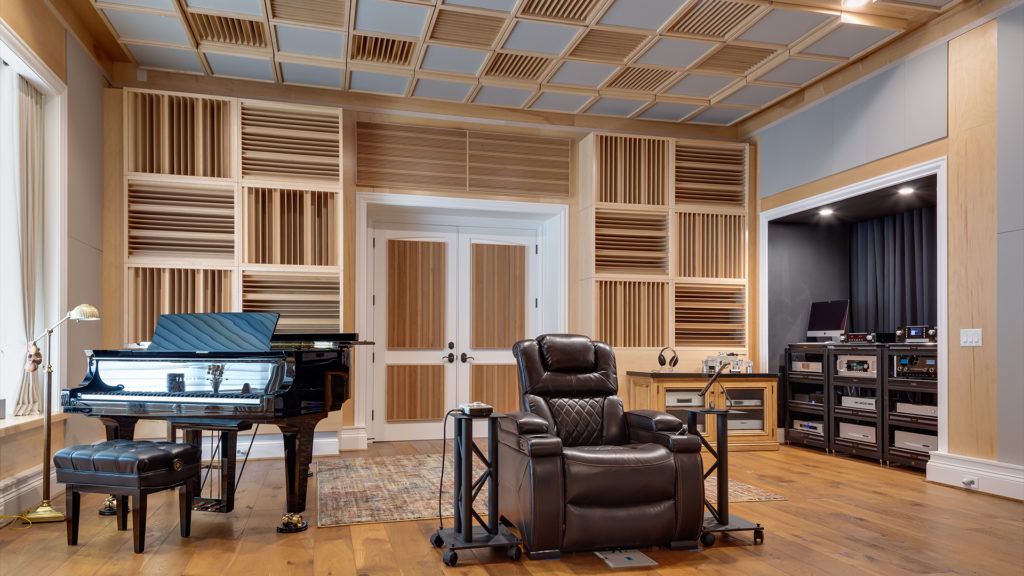
At Acoustic Fields, we have an acoustic consulting program that deals with both noise and treatment. With noise it must be measured. We have a process in our acoustic consulting system with noise where we assist you with the measurement process. We send you our apps that you download on your phone. You take the noise measurements per our instructions and then place the data in our online form. Once submitted, we will analyze your data and send you a drawing on the barrier structure that you can build or have a contractor build it. All of our barrier designs use standard construction materials along with standard construction techniques. There is nothing exotic or esoteric about our methodologies and we guarantee our performance. We use standard construction methods along with everyday material types. The barrier design we create for you is based on your specific noise issues that you have measured over a full week of usage.
https://www.berklee.edu/careers/roles/acoustical-consultant
Once you have the barrier or shell built for your room, we can now focus on the treatment side of your room to match your chosen usage. We have two choices when it comes to acoustic treatment. We can use absorption and diffusion. We start with the low-frequency issues in any room. You have two options when it comes to low frequency management. You can build it into the walls using our CAW process or you can use freestanding units. https://www.acousticfields.com/product/carbon-panel/. With low frequency management it is all about providing enough surface area coverage to treat the issues. Low frequency management in most small rooms will reduce the internal dimensions of the room by 12″ on average. This is called the internal dimension or ID. The OD or outside dimension is the largest footprint you can achieve with the room design to match usage.
https://www.acousticfields.com/carbon-absorber-wall/
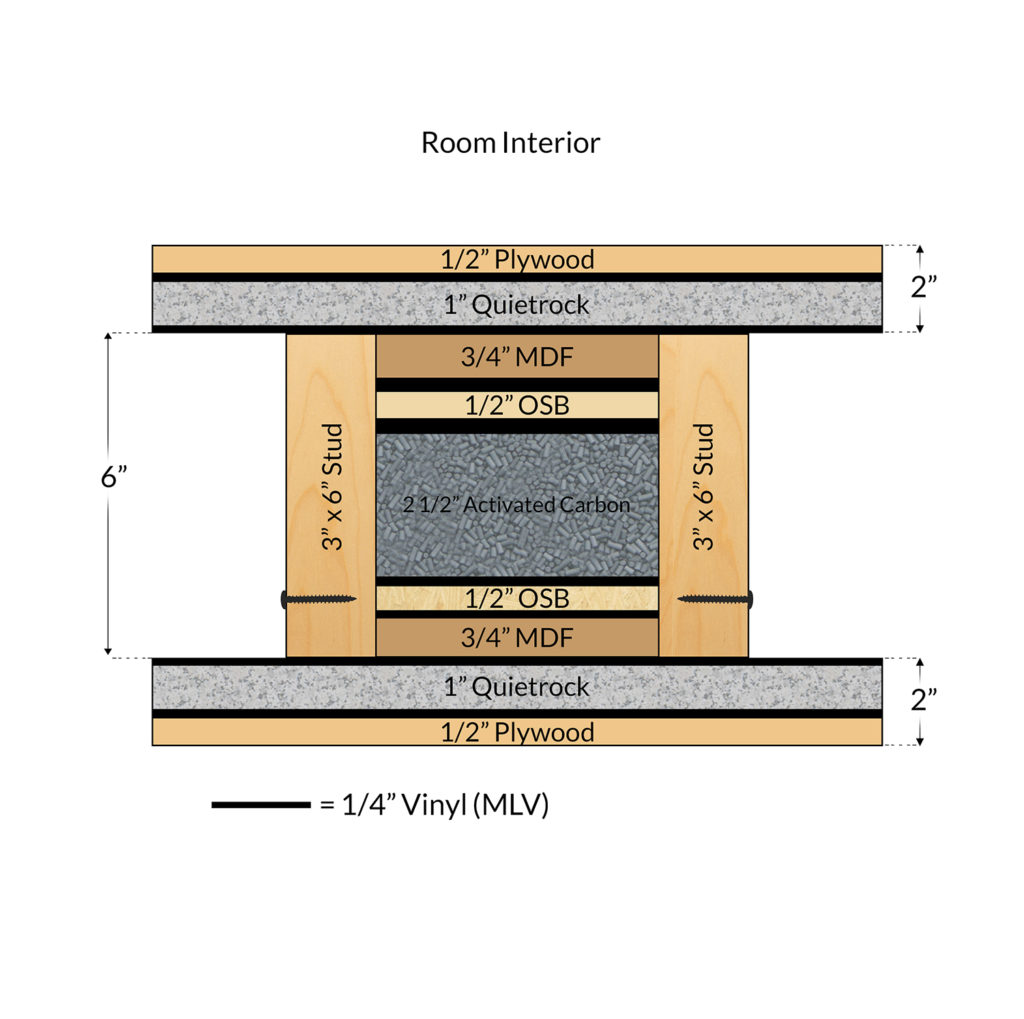
Our next move forward is to focus on the middle and high frequencies which produce reverberation. Reverberation is defined as how long a sound stays around within the room after it has been sung,spoken, or played. High reverberation times produce distortions that interfere with speech intelligibility. SI is defined as how many words you can hear in a 10 word sentence. With numerous reflections from all the wall surfaces, with each surface area contributing around 17 % to the reverberation times. Every room usage has a different reverberation requirement and it is subjective in nature. If you are creating a live room for recording instruments, you will have one range of reverb times. If you are listening to music using a two channel system, you will require a completely different RT-30/60 time. Every usage is different and every person’s preference is different. The design goal with any acoustic consulting process is to dial in the reality of physics with the subjective nature of personal preference.


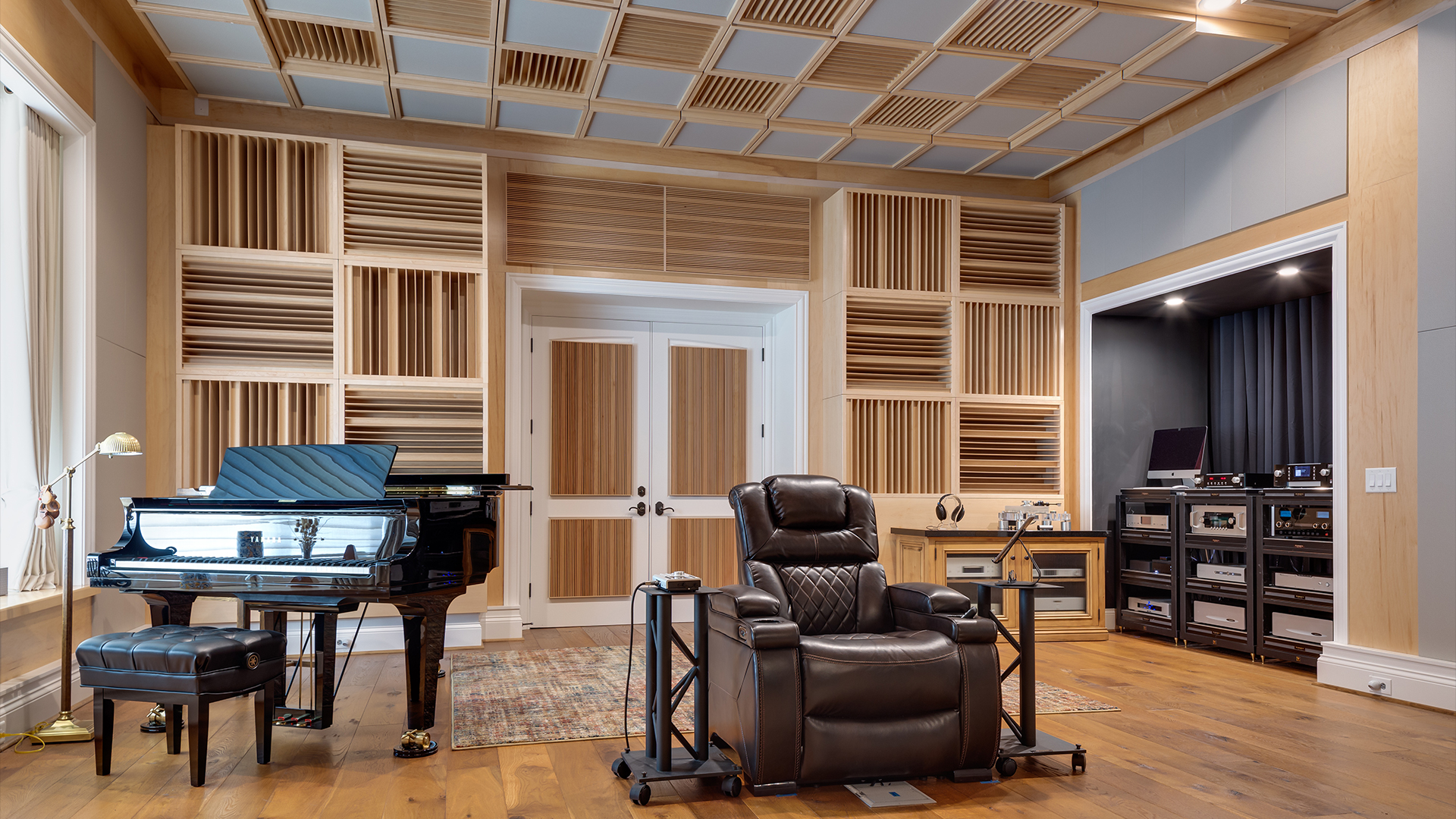





The discussion on ductwork noise transmission from Acoustic Fields highlights crucial aspects of HVAC system acoustics. The movement of air…
Great build plans. thank you Denis
You must use absorption. Never place a chair against a wall.
A friend and I built several diffusors using these plans and they turned out absolutely beautiful. Very good instructions and…